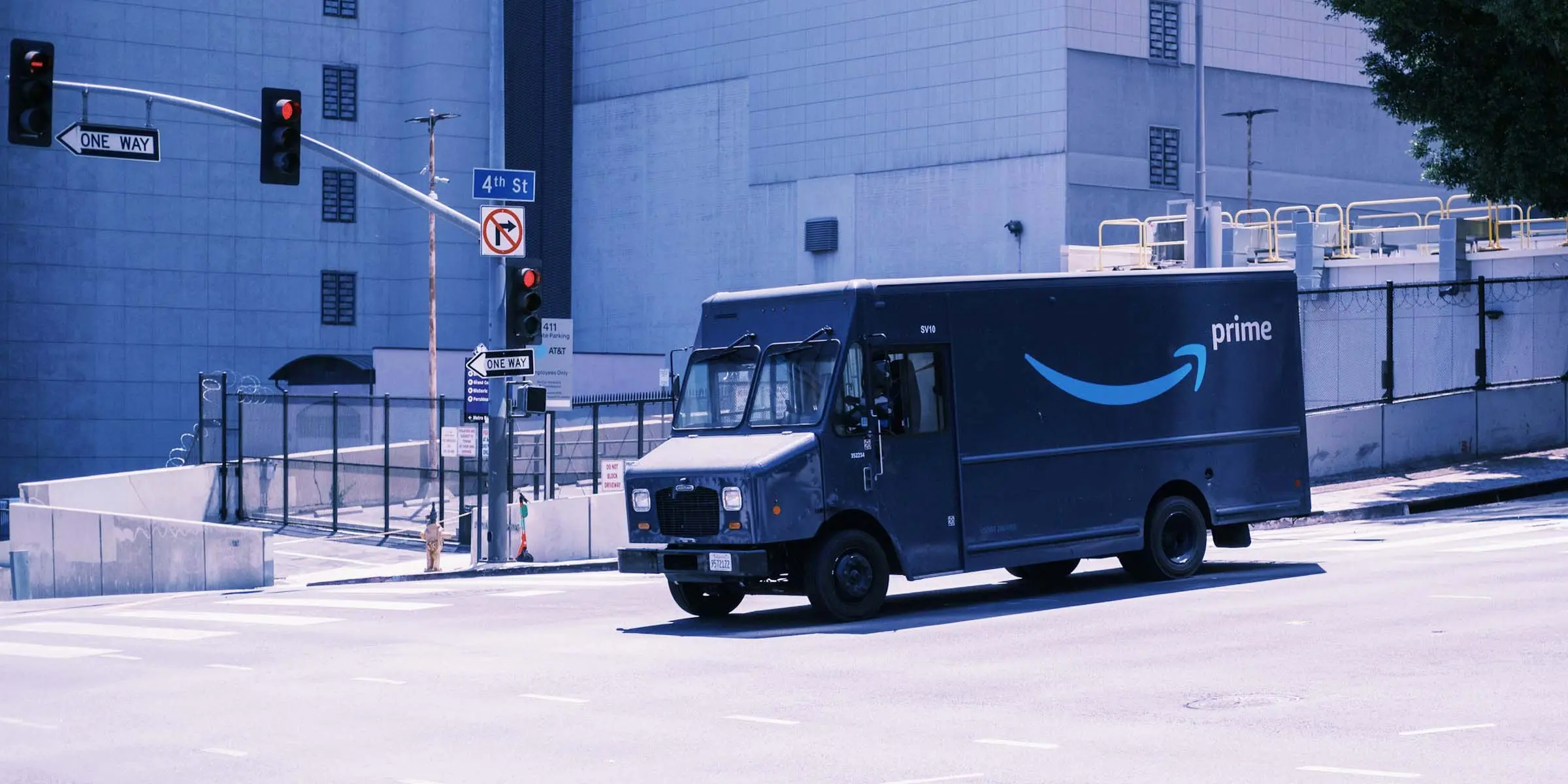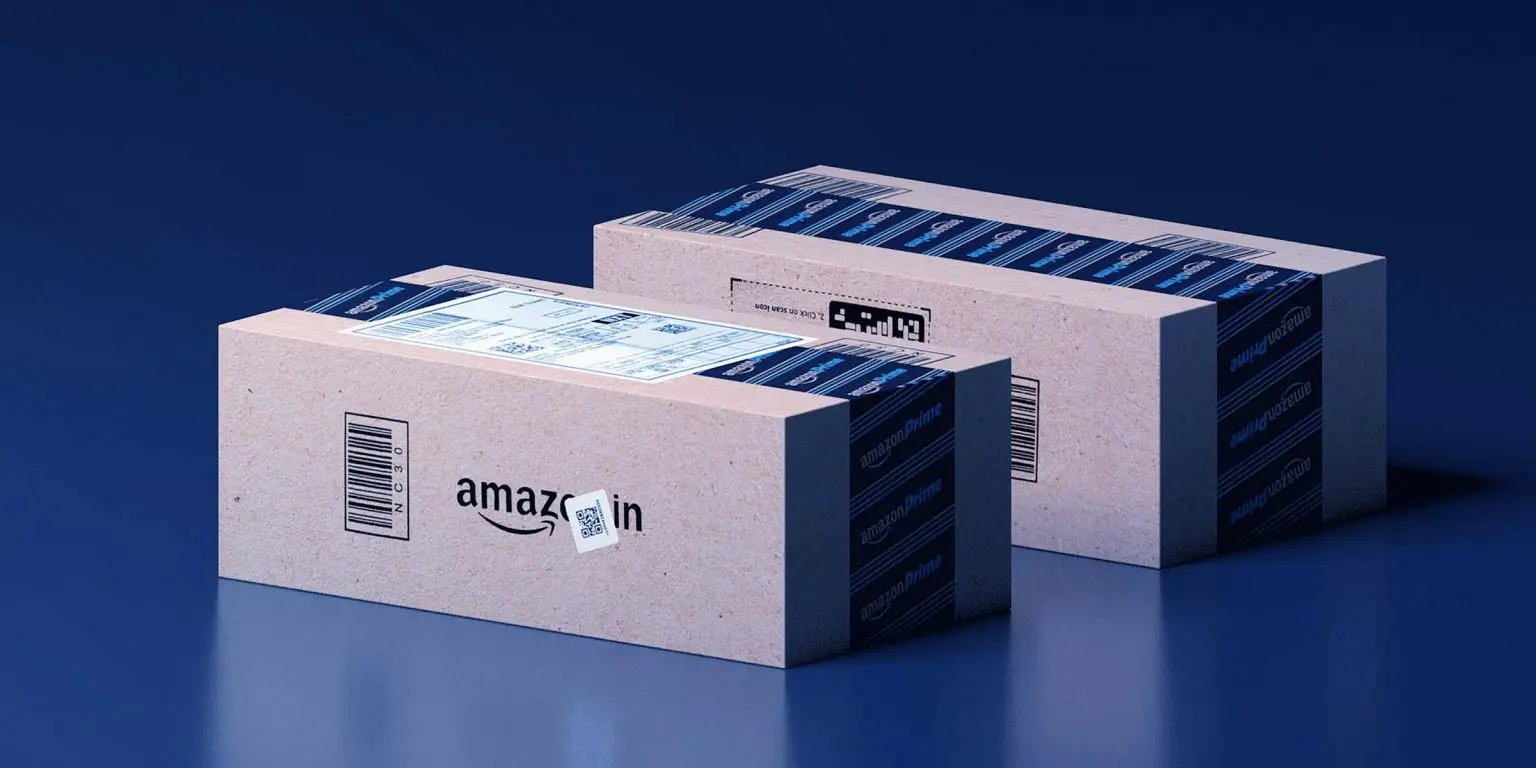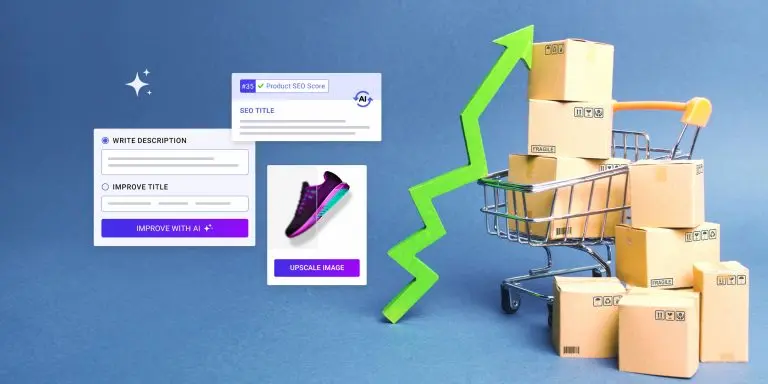Just like with eBay, starting dropshipping on Amazon can seem like an irresistible opportunity. The platform’s immense customer base, the convenience of not holding inventory, and the allure of potentially high profits make it a tempting business for newcomers.
But, as with every business, there are significant risks and challenges involved, especially for beginners. Read on for all the details and potential challenges of launching a dropshipping store on Amazon.
Table of Contents
What is Amazon dropshipping?
Now, before diving into the risks, you must understand what dropshipping on Amazon means. In this model, you list products on Amazon’s marketplace without holding any inventory.
When a customer places an order, you purchase the item from a third-party supplier, who then ships it directly to the customer. We know all this sounds straightforward, but the reality is far more complex.
The benefits of Amazon dropshipping
Massive customer base
Amazon has over 310 million active users, and 80% of them are from the USA. Now, all this means you will have access to a vast audience, significantly increasing your chances of making sales compared to other platforms.
No inventory management
One of the primary appeals of dropshipping is that you don’t have to deal with inventory. This means no warehousing costs, no inventory management headaches, and no risk of unsold stock.
Scalability
Dropshipping allows for easy scaling. You can add new products to your listings without worrying about storage space or inventory costs. It’s like having an expandable suitcase – you can keep adding more items without running out of space.

Is Amazon dropshipping profitable?
Yes, dropshipping on Amazon can be profitable. But don’t take our word for it. It seems that 94% of sellers who dropship on Amazon are profitable, according to the latest State of Amazin Seller Report by Jungle Scout. There are over 9.7 million sellers on the Amazon sellers platform, and 2 million of them are actively selling on Amazon in 2024.
In case you want to learn more about the latest stats on Amazon, check out this article.
Now as to how profitable it can be, well, it all depends on the products you sell, where you source them products from, how much you sell them for, and what’s left after Amazon fees.
The reality and risks
Despite these benefits, dropshipping on Amazon comes with significant risks that every beginner should be aware of.
Strict Amazon policies
Compliance issues
Amazon has strict policies regarding dropshipping. According to Amazon’s dropshipping policy, you must always be the seller of record for your products. This means you must identify yourself as the seller on all packing slips, invoices, and external packaging. Failing to comply can result in account suspension or even permanent bans.
Account suspensions
Amazon is known for its rigorous enforcement of policies. If Amazon suspects that you’re violating their dropshipping policy, your account could be suspended without warning.
Recovering a suspended account can be a long, arduous process, and in some cases, the suspension might be permanent. Imagine investing time and money into building your store, only to have it shut down overnight. This is a risk you don’t want to take.
Supplier reliability
Finding trustworthy suppliers
Finding reliable suppliers is crucial in dropshipping, whether it’s on Amazon, eBay, or another marketplace. Unreliable suppliers can cause delays, ship incorrect items, or provide poor-quality products.
This not only leads to unhappy customers but also results in negative reviews and potential account suspensions on Amazon.
Inventory management
Since you don’t control the inventory, you might list items that are out of stock with your supplier. This leads to canceled orders and unhappy customers. That’s why is essential to keep track of your supplier’s inventory and maintain good communication. But in many cases, this can be challenging.
Shipping and delivery issues
Long shipping times
One of the most significant drawbacks of dropshipping, especially if your supplier is overseas, is long shipping times. Customers expect fast delivery, and on Amazon even more. So, anything beyond a week can lead to frustration and negative feedback.
Shipping costs
Shipping costs can be unpredictable. Some suppliers might offer reasonable rates, while others could charge exorbitant fees, cutting into your profits. Balancing these costs while keeping your prices competitive is a constant challenge.
Competition and market saturation
Intense competition
As there are over 2 million active sellers on Amazon, you can imagine this is a highly competitive marketplace. As a dropshipper, you’ll be competing with other sellers, many of whom might be offering the same products at lower prices.
Standing out in such a crowded market requires strategic pricing, excellent customer service, and effective marketing.
Market Saturation
Certain product categories on Amazon are more saturated than others. Selling in these categories means you’ll struggle to rank high in search results and attract buyers. Finding a niche or offering unique products can help, but this requires thorough market research and creativity.
Read more: The importance of being niche specific in dropshipping

Customer service and satisfaction
Handling complaints
Excellent customer service is crucial on Amazon. Handling complaints and returns can be challenging when you’re not in control of the product quality or shipping process. The key: quick responses and effective problem-solving can keep your customers happy.
Managing returns
Returns are inevitable in ecommerce, but they can be particularly tricky for dropshippers. You’ll need to coordinate with your supplier to handle returns, which can be time-consuming and complicated. But, with clear return policies and good communication with your suppliers, you can prevent these issues from escalating.
Financial risks
Thin profit margins
Dropshipping often operates on thin profit margins. After accounting for Amazon fees, shipping costs, and supplier costs, your profit might be smaller than expected. So make sure you carefully calculate all expenses and set competitive yet profitable prices.
Cash flow management
Managing cash flow is another challenge. In some cases (or on some platforms), you may need to pay the supplier after receiving an order but before the customer receives the product. This means you need to ensure you have sufficient funds to cover these costs. Effective cash flow management is essential to keep your business running smoothly.
Legal and ethical considerations
Intellectual property issues
Selling branded products can lead to intellectual property disputes if the products are counterfeit or unauthorized. Make sure your suppliers provide genuine products to avoid legal issues and protect your business’s reputation.
Read more: Counterfeit goods in dropshipping
Ethical sourcing
Choosing suppliers that follow ethical practices is important. Unethical sourcing can lead to poor product quality, legal issues, and damage to your brand reputation. Research your suppliers thoroughly and prioritize those who maintain high ethical standards.

Strategies for overcoming challenges
So extensive research
Conduct thorough research before jumping into Amazon dropshipping. Start with reading Amazon’s policies and blog, identify reliable suppliers or dropshipping platforms (like AppScenic), and study the market. These can help you avoid common challenges and set a solid foundation for your business.
Build strong relationships with your suppliers
Build strong relationships with your suppliers. Good communication can help you stay updated on inventory levels, resolve issues quickly, and ensure smoother operations. Treat your suppliers as partners in your business success.
Or choose a dropshipping platform that does all this for you. For example, AppScenic is a dropshipping automation platform that not only gives you access to over one million products from top-tier countries like the USA, UK, EU, Canada, and Australia, but it also ensures seamless order automation and real-time sync of prices and stock.
Read more: How to start dropshipping with AppScenic – a step by step guide for beginners
Focus on customer experience
Prioritize customer experience. Use clear and accurate product descriptions, respond promptly to inquiries and handle complaints professionally. If your customers are happy they are more likely to leave positive reviews and return for more purchases.
Work on your brand identity
Brand visibility is important for businesses to stay recognizable and build trust with customers. One way to do this is through packaging. Custom poly mailing bags, for example, can show your logo or design, making your packaging part of your brand. These mailers also help protect items from moisture and damage during shipping, ensuring they arrive safely.
Use automation tools
Use automation tools as much as possible to manage inventory, track orders, and streamline operations. Platforms like AppScenic offer solutions to automate repetitive tasks, saving time and reducing errors. For example, we recently launched our new AI tools that can help you improve your product pages, descriptions, images, and SEO, with just a few clicks.
Diversify your product range
Make sure your product range is diverse as this can reduce dependency on a single supplier or product category. Also, this can help mitigate risks and create more sales opportunities.
Conclusion
So, you see, Amazon offers exciting prospects but comes with significant risks and challenges for beginners. That’s why it’s essential to start dropshipping knowing the potential pitfalls and having a solid strategy for overcoming them.
By doing extensive research, building strong supplier relationships, focusing on customer experience, and leveraging automation tools, you can navigate the complexities of Amazon dropshipping and build a successful business.











